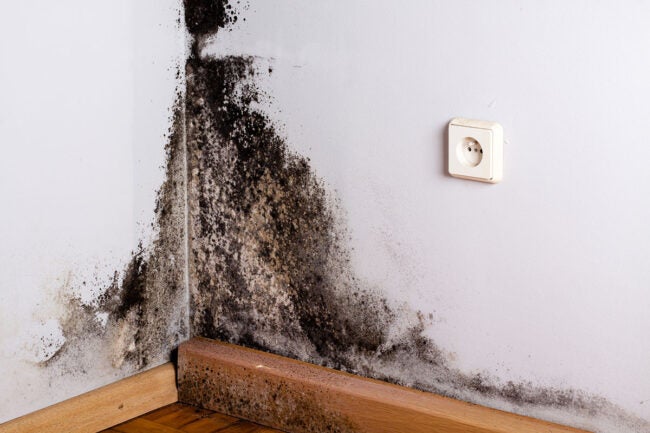Mold look word alone conjures up mental imagery that is enough to make your stomach turn: green spots growing on your sandwich bread; the smell of curdled milk. But when mold infests your house, the signs may not be so obvious. Even the most spotless, sparkling-clean homes may have mold lurking in unexpected places.
WHAT IS GREEN MOLD?
Mold is a plant which means that green is by far the most common color. However, a green growth in your home is also not necessarily mold. Many types of fungus grow green and you might even be looking at moss under certain conditions. Unfortunately, because green is such a common mold color, it would be difficult to identify without a lab test.
WHAT IS OLIVE-GREEN, BROWN, AND GRAY MOLD?
One of the most common types of mold to find in your home goes by the name of Cladosporium. This mold can be found both indoors and outdoors and is identified by dark olive green spore clusters surrounded by gray and brown discolored splotches. It tends to form a combination of thick dark clusters but sometimes appears as a lighter olive green.
Cladosporium is associated with infections, particularly skin infections, eye infections, and sinus infections. In some rare cases, it has also been known to be associated with fungal meningitis, a type of brain infection.
WHAT IS BLUE-GREEN AND WHITE MOLD?
Whenever you see blue-green mold, think penicillin or another mold within the Penicillium genus. The blue-green color is distinctive though it can come in a variety of shades ranging from dark green with a bluish tinge to brilliant turquoise spores. In some cases, penicillium mold may appear navy blue with pale blue and white surrounding discoloration. If you see white, it is likely evidence of mold body that has not yet produced spores or after the blue-green spores have been released.
Penicillium molds are not good for you and will not fight illness the way processed penicillin will. It is associated with allergic reactions and some people may develop an allergy for this type of mold while living in a home with the blue-green colonies. It has also been known to trigger asthma and sinusitis along with pulmonary inflammation.
what is the black mold?
Black mold can also grow on wooden surfaces if there is a nearby water source. Common areas include wood trims on bathroom walls, cabinets underneath kitchen or bathroom sinks, and wooden furniture found in damp basements.
Because wood is highly porous, the mold is able to grow on the surface while also growing roots deep within. Black mold growth on wooden surfaces can be particularly difficult to remove
Most black mold shapes and patterns will appear slimy or shiny due to the moisture of the environment in which it grows. However, if leaks have been fixed, the mold will appear to be dry and even powdery.
